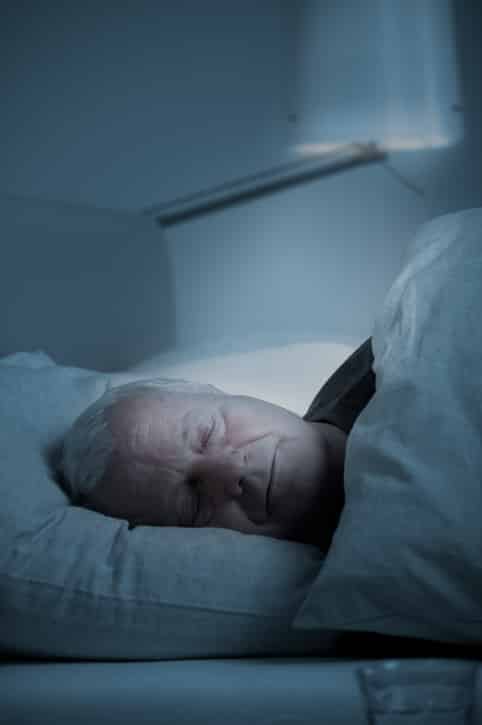70 million Americans suffer from sleep problems. Sleep problems affect men and women of every age, race, and socioeconomic level. Unfortunately, most cases remain undiagnosed and untreated. 93% middle-aged women and 82% of middle-aged men with moderate to severe Obstructive Sleep Apnea have not been clinically diagnosed (Young, Terry. 1997;20(9):705-706). In many instances people’s symptoms are being treated and not the actual Sleep Related Breathing Disorders.
Sleep disturbances are any conditions that prohibit or affect sleep and may be medical or physiological in origin. Sleep disorders include insomnia (inability to fall asleep), dyssomnia (excessive sleepiness, result of difficulty initiating or maintaining sleep), sleep-disordered breathing and sleep bruxism.
What I would like to discuss here, is Sleep Disordered Breathing, such as Obstructive Sleep Apnea (OSA).
Sleep Disordered Breathing
Sleep Disordered Breathing (SDB) is usually associated with some abnormalities of either oral or nasal airways. Oral airway problems associated with SDB include swollen adenoids and tonsils, a small airway, malocclusion (improper bite), hormonal imbalances (menopause), obesity and pregnancy. Nasal obstructions include sinus problems and allergies that cause swelling of the nasal mucous membranes. In a person suffering from SDB, the airway collapses in on itself when he or she breathes in and out, shutting of the airway either completely or partially.
Snoring is the mildest form of SDB and Obstructive Sleep Apnea the most severe.
Obstructive Sleep Apnea
Obstructive Sleep Apnea (OSA) is complete cessation of breathing during sleep for at least 10 seconds. Left untreated, OSA becomes more severe overtime. During an OSA episode the entire upper airway is blocked causing airflow to stop. This disrupts sleep as lack of oxygen occurs. The person awakens repeatedly as a result of making an effort to breathe while lacking oxygen.
Clinical signs and symptoms
Clinical signs and symptoms of Obstructive Sleep Apnea include snoring, excessive daytime sleepiness, gasping or choking causing awakening, morning headaches and GERD. Cardiovascular symptoms associated with OSA include systemic high blood pressure, irregular heartbeat, cerebrovascular disease and pulmonary hypertension. According to recent studies by the University of Pennsylvania, 57% of patients that were diagnosed with Sleep Apnea had suffered from Hypertension, 7% had suffered a Stroke.
Not only the person suffering from OSA is affected by it. Their bed partner is too: with relationships developing problems as a result of sleep-disordered breathing.
One of the major problems that we are dealing right now in health care, is that sleep-disordered breathing is under-diagnosed. Most of physicians who are not sleep specialists do not screen or evaluate patients for OSA alone. As a result, patient’s symptoms are being treated instead of a problem itself. In a next post, I will discuss the proper diagnosis and treatment options of Sleep Apnea.











